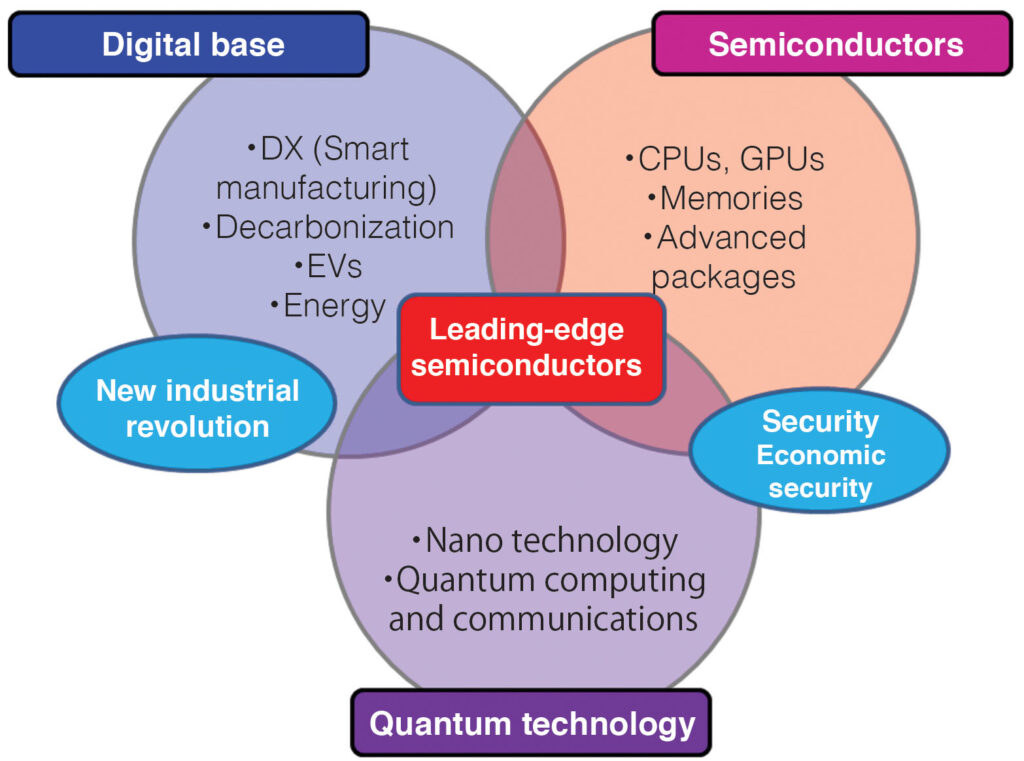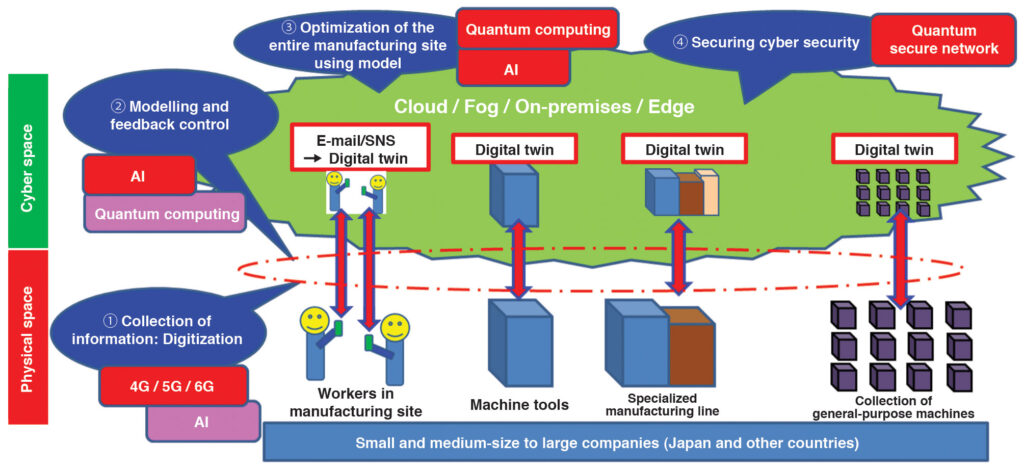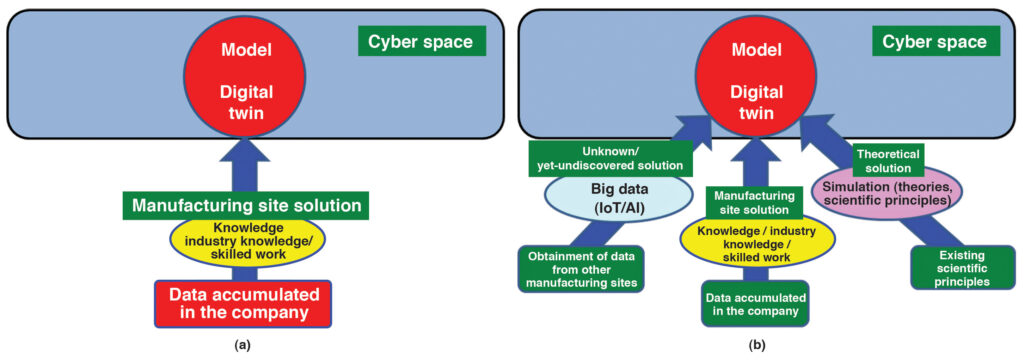ASIA ELECTRONICS INDUSTRYYOUR WINDOW TO SMART MANUFACTURING
Proven Techniques Tackle Ordeals in Smart Manufacturing
The past years have seen many manufacturers pouring heavy investments in production automation. Most importantly, production automation-related market thrives particularly in China and other parts of Asia.
Activities to propel automation apparently took a major turn in 2009 amid the increasing demands for smart grids. Nonetheless, much have progressed ten years after the automation trends started. Moreover, the onset of the novel coronavirus (COVID-19) pandemic accelerated further the move towards automation. In fact, more advancements happened in the automation since 2021.
Drivers of Smart Manufacturing
For the past 30 years, several revolutionary changes have happened in the manufacturing front.
Looking at the market 30 years from now, the biggest opportunity will be the digital-based market. In addition, semiconductors will propel the digital market, and quantum technology will become indispensable. The latter will propel business of manufacturing sites with the surge of digital social infrastructure.
These three markets will become main markets. The emergence of such major markets with significant influence occurs once in 200 years. In other words, how manufacturers will respond at the beginning of the changes is crucial.

To meet the demands of these markets, there are several goals manufacturing sites must consider. First, put in place means to collect information of the production site. Thereafter, create digital twin model of workers and machines in the production site using the digital data. Second, when the model is ready, it can automatically feedback the conditions of the production site. Next, it also becomes possible to optimize the entire manufacturing site using the model, and last is to put in place cyber security for the stable operation of the business.
Here, the first and second goals are the considerable basic factors. Meanwhile, the third and fourth goals are exceptionally critical goals.

Quantum Advances to Manufacturing
Figure 2 shows the current situation in advancing the construction of the system. Here, manufacturers face a bottleneck that they cannot obtain components needed for the smartification in the market. Moreover, even universities and research laboratories are not ready to provide them. These have been obstacles in constructing this type of systems over the long years.
Hence, under the cross-ministerial Strategic Innovation Promotion Program (SIP) of Japan’s Cabinet Office, efforts to promote and prepare technologies to eliminate the bottleneck at manufacturing sites are gaining ground through industry-academia-government collaboration. Particularly, the main objectives are the provision of solution to processes, for which will pave the way for digital twin and quantum technology-related technologies.
The creation of digital twin for processes involves physical phenomena. It dissolves the conditions where digital twin could not prepare for some processes. As a result, it was not possible to advance to the step of second goal indicated in Fig. 2. The use of quantum technology, which was previously exclusive in the academic realm, are now making foray in manufacturing sites.

These promising technologies eliminate manufacturing bottlenecks. These serve as solution not just in Japan but other manufacturing sites globally.
A digital twin created using data available only on manufacturing site shown in Fig. 3(a) may have stability problem. In contrast, obtaining data from a wide range of sources enables the creation of a stable digital twin as shown in Fig. 3(b).
About This Article:
The author is Koji Yasui, Ph.D., Senior Chief Technologist, Factory Automation Systems Group, Mitsubishi Electric Corporation.




